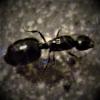1. Location of collection: Damariscotta Maine USA
2. Date of collection: 09-07-17
3. Habitat of collection: On a sandy beach on a lake. Lots of queens of various species out that day due to rain the two days before.
4. Length (from head to gaster): 6.35 mm approx
5. Color, hue, pattern and texture: Rusty red color, slightly translucent, Long slender body with very distinctive shape. (See photos)
6. Distinguishing characteristics: Reminds me in looks of pharaoh ants. But I'm not familiar enough with ants to begin to identify it. Only one on the beach that looked like this out of hundreds of ants I saw that day. Has a distinctive 2 part petiole.
7. Distinguishing behavior: Very active and fast but clumsy. Doesn't seem to be able to climb smooth surfaces well. Combative. Likes to try to bite and sting me but can't feel anything.
8. Nest description: Unknown
Last but not least.... Is this a queen? I'm not convinced but looks to have the remains of where wings were and the beach was covered in queens that day.
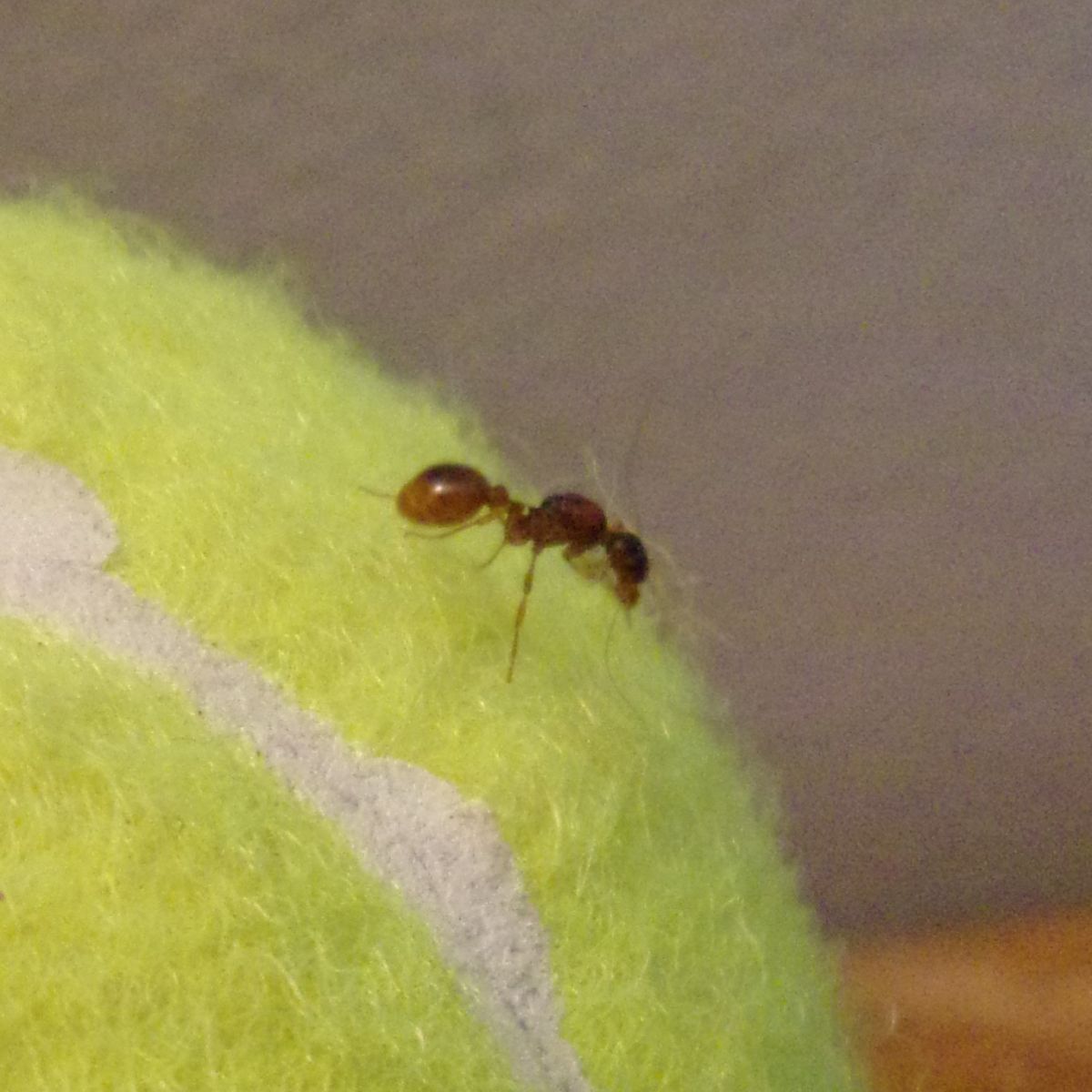
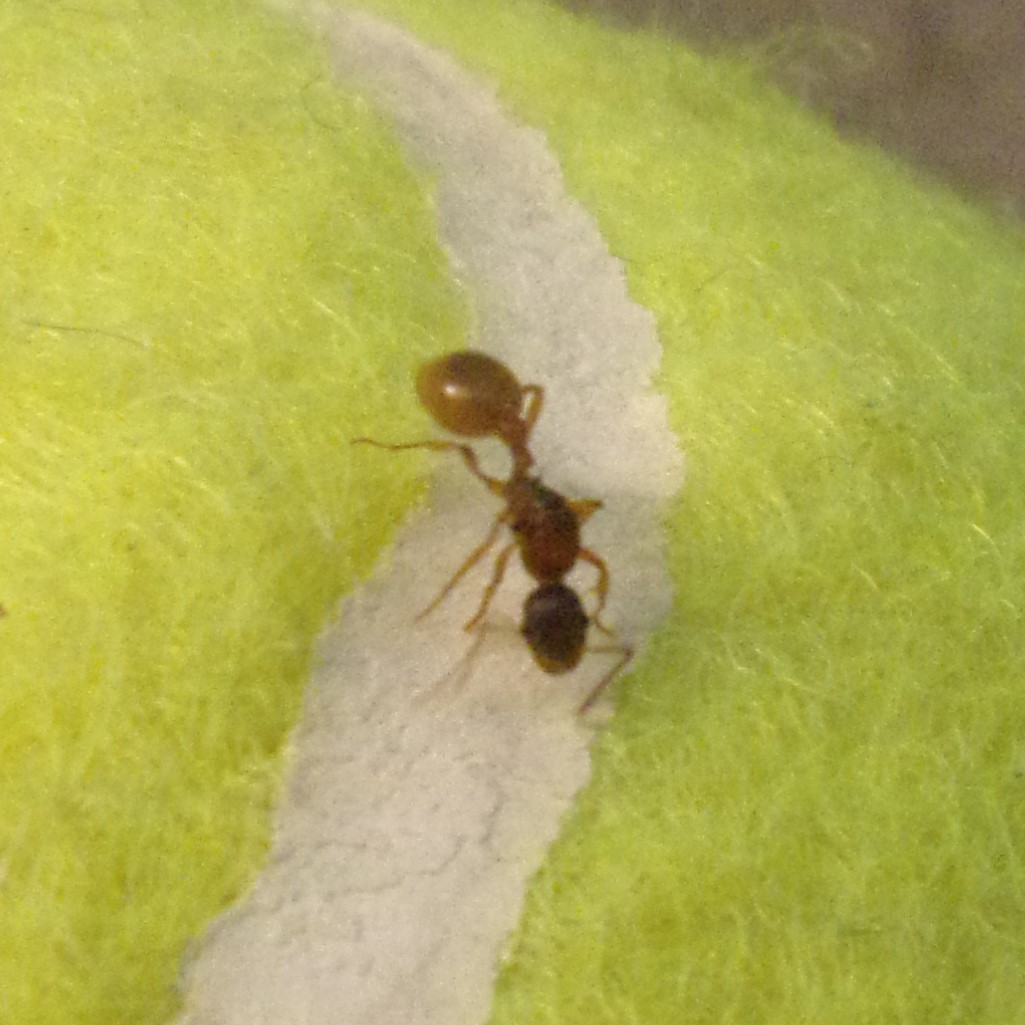
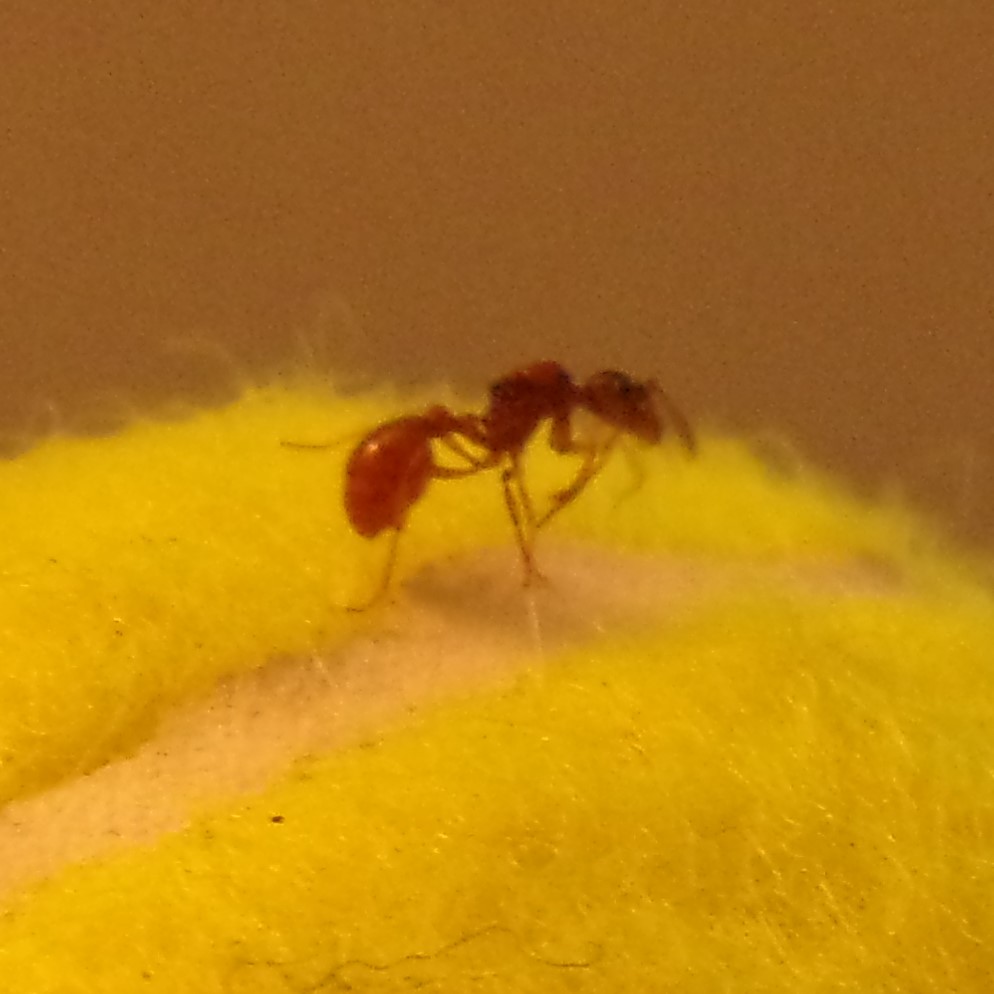
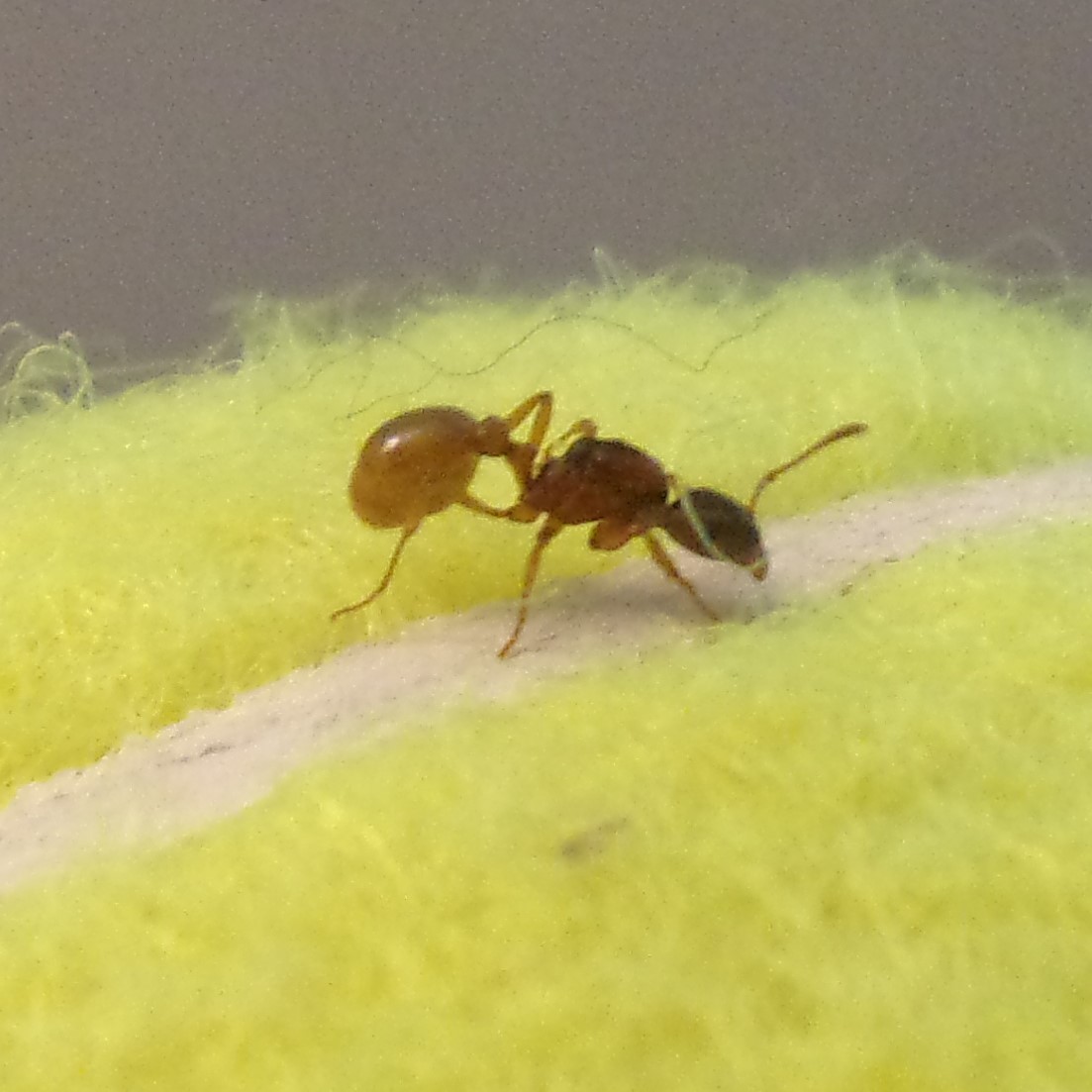
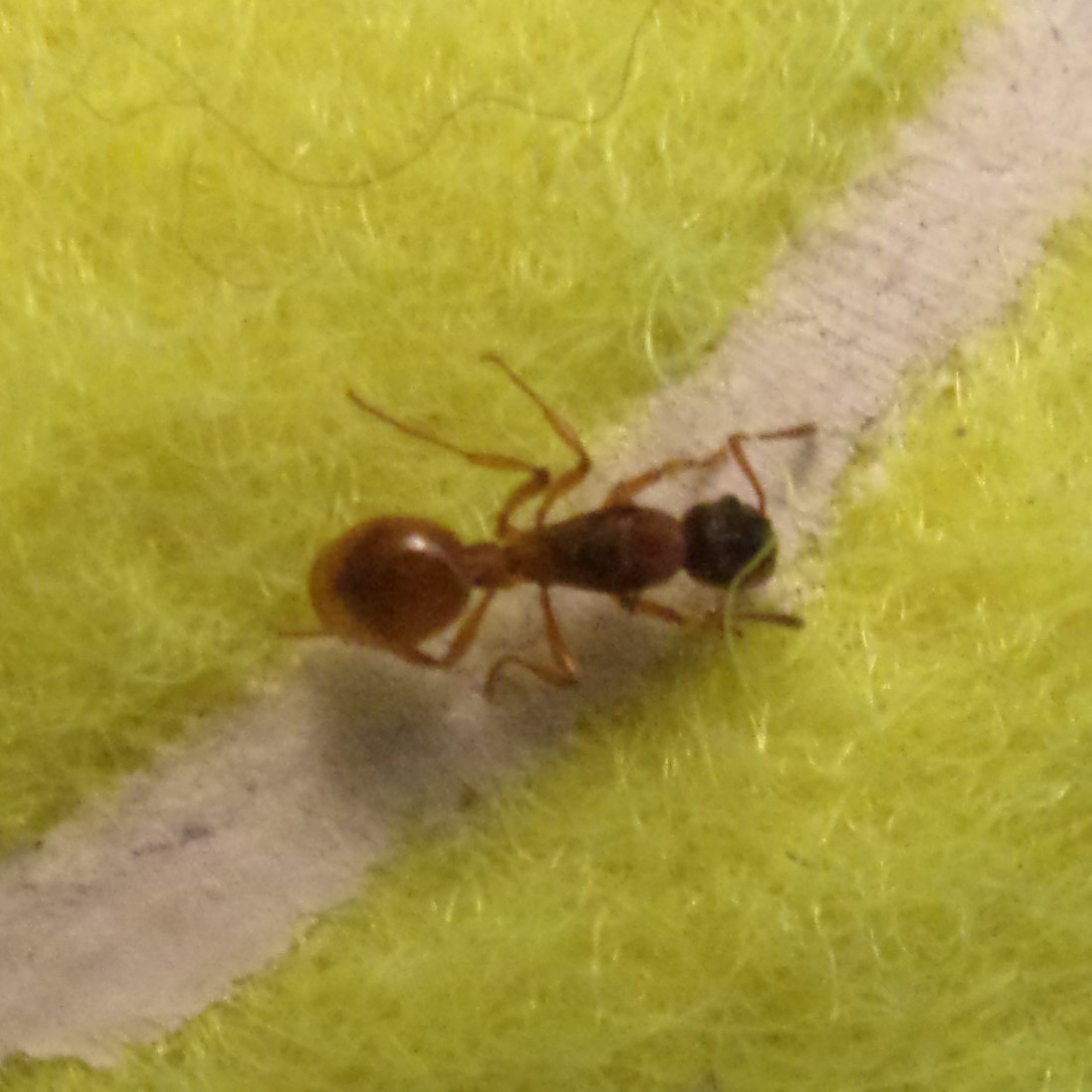
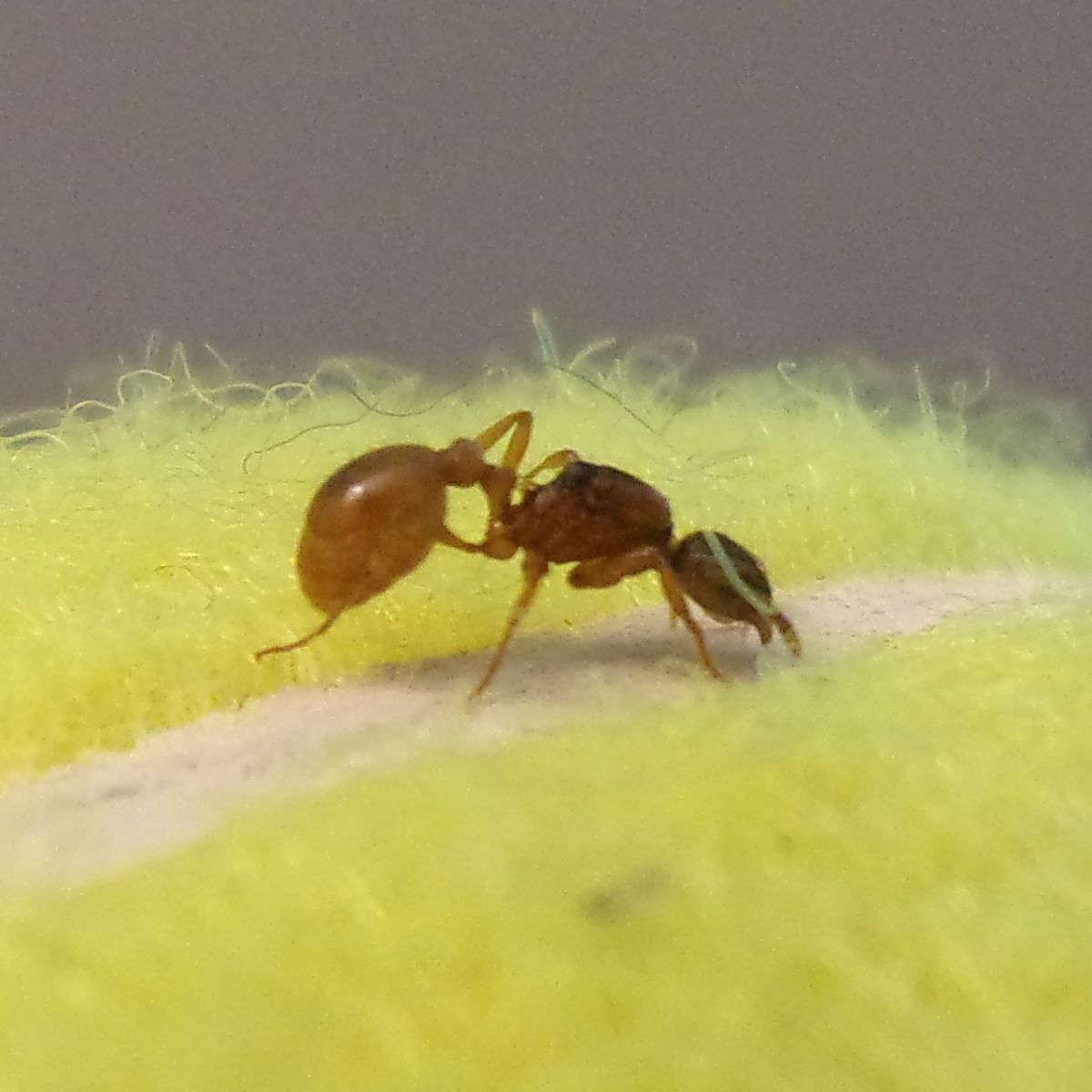
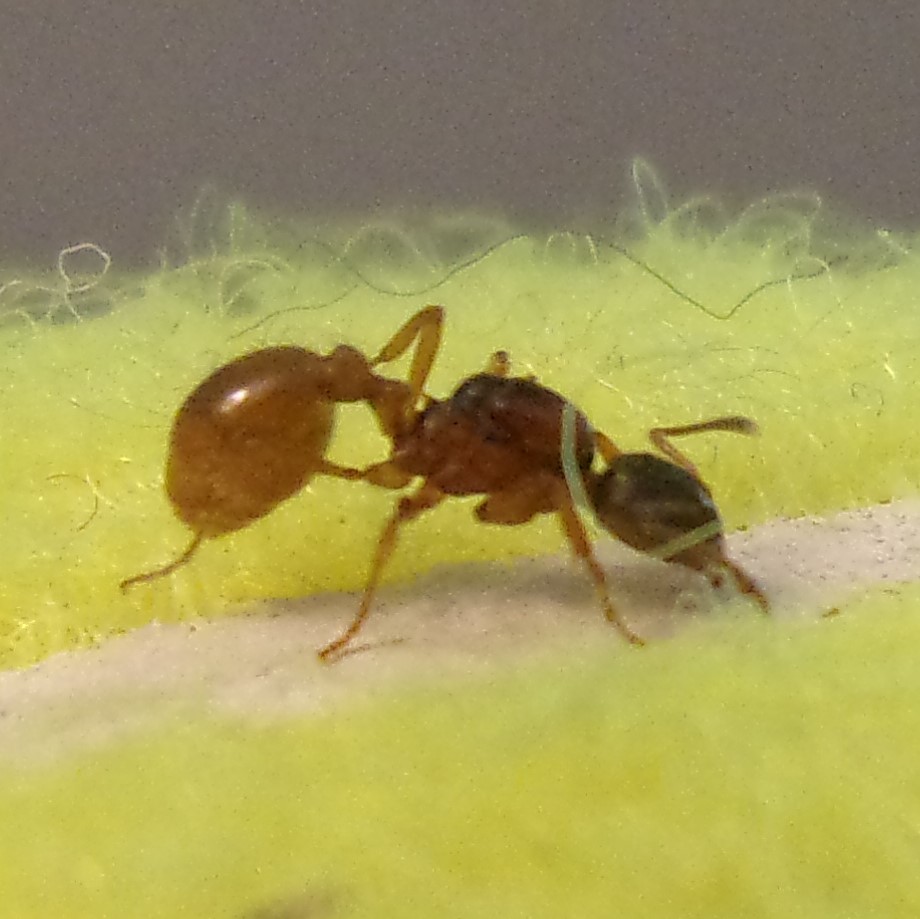
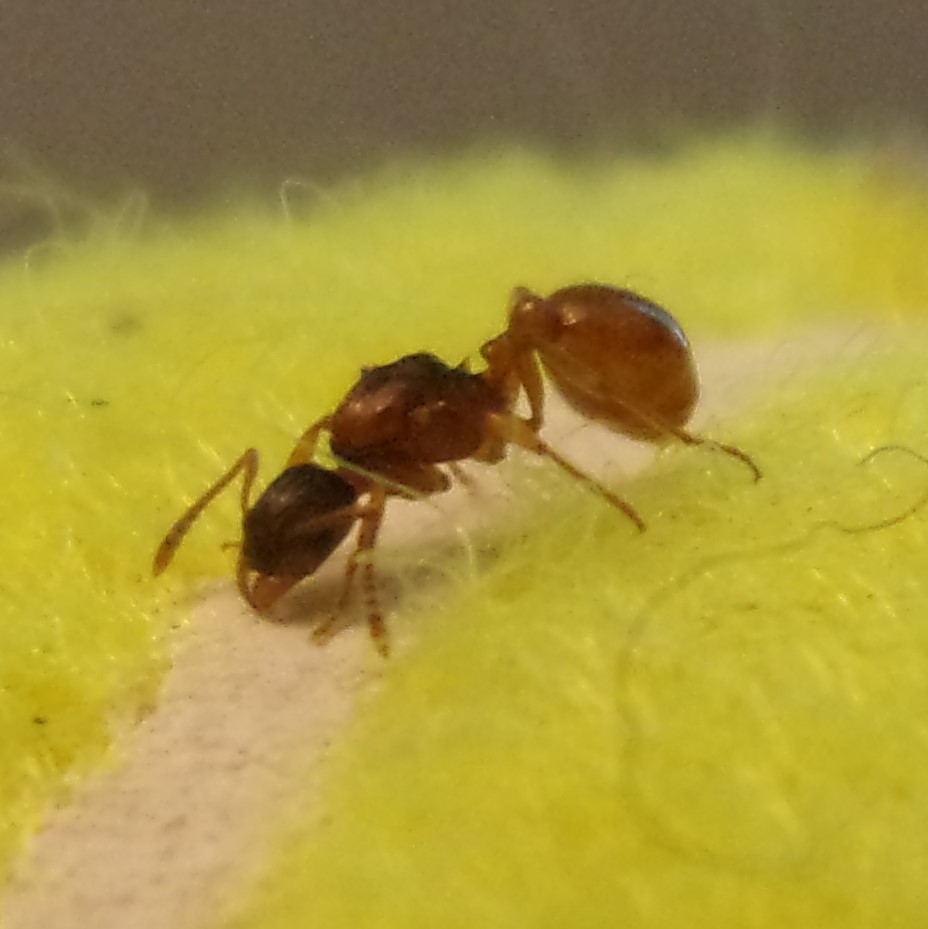
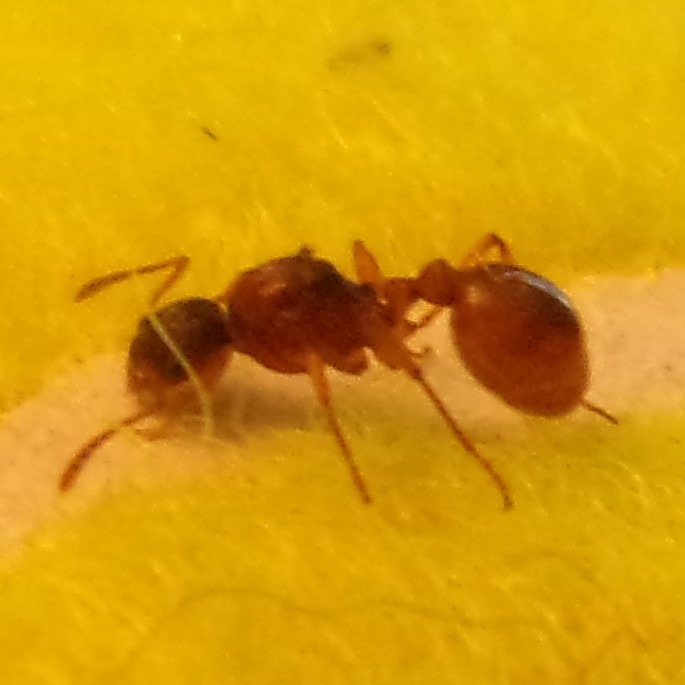
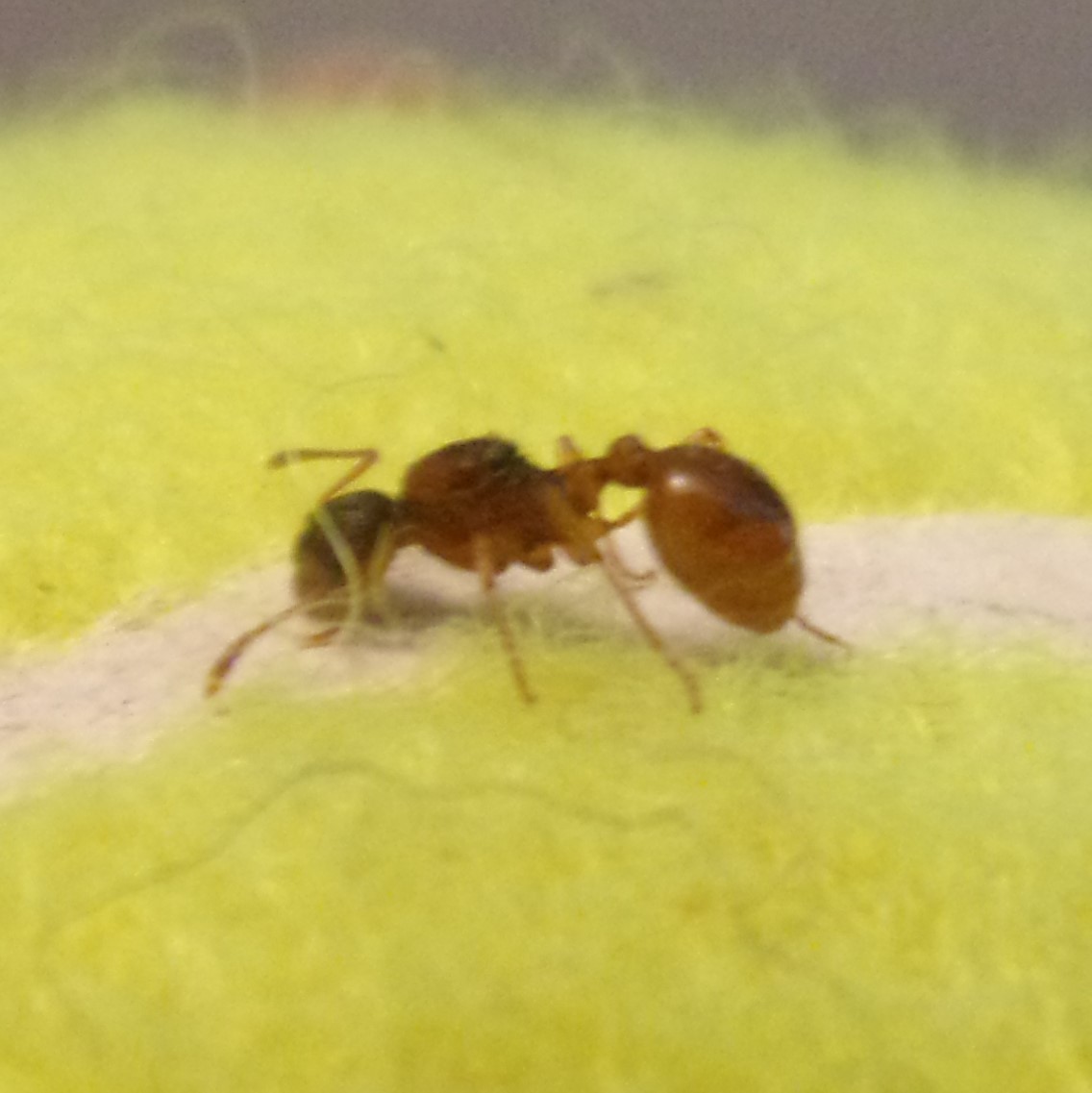
Added a few (haha, few) more pics below and close ups of face.
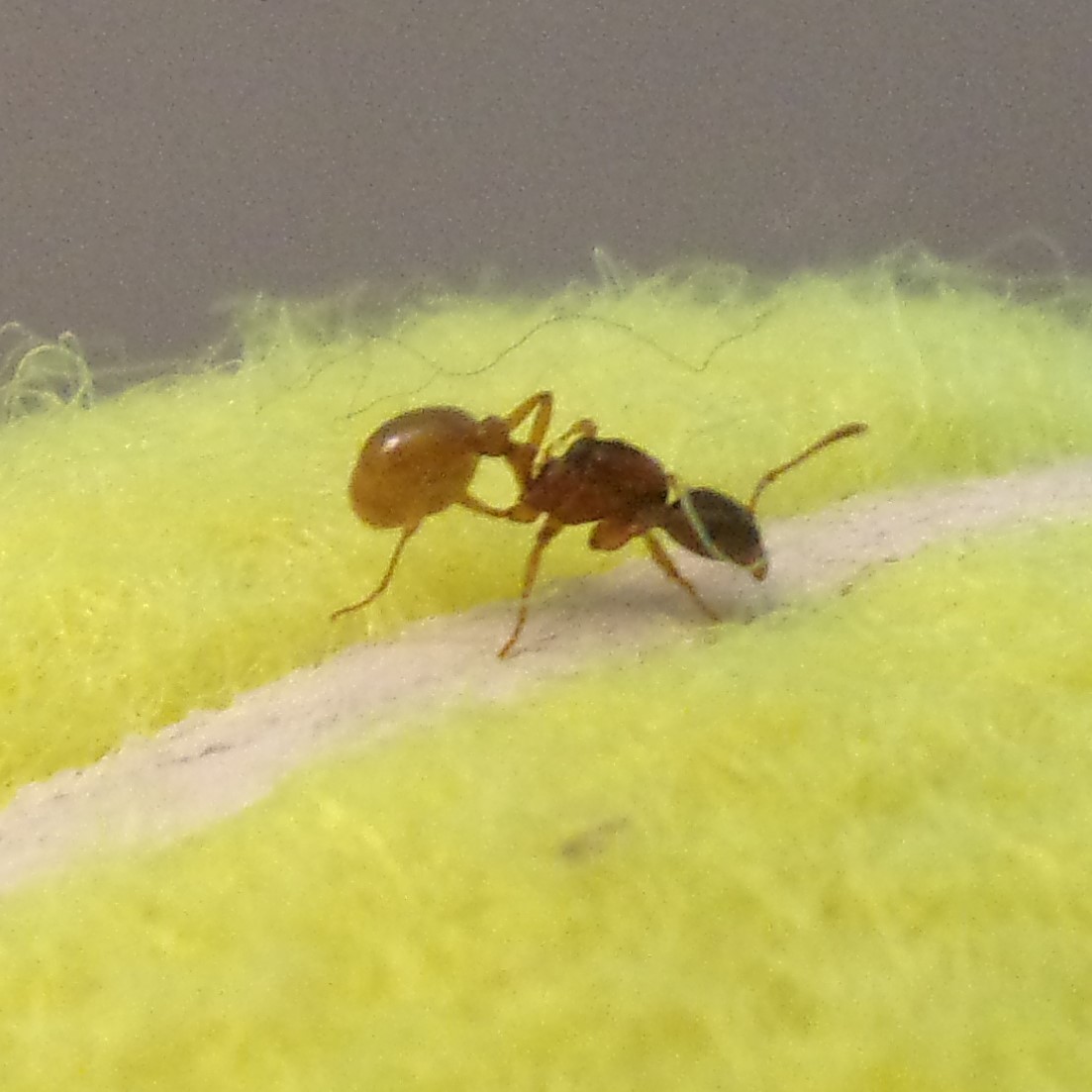
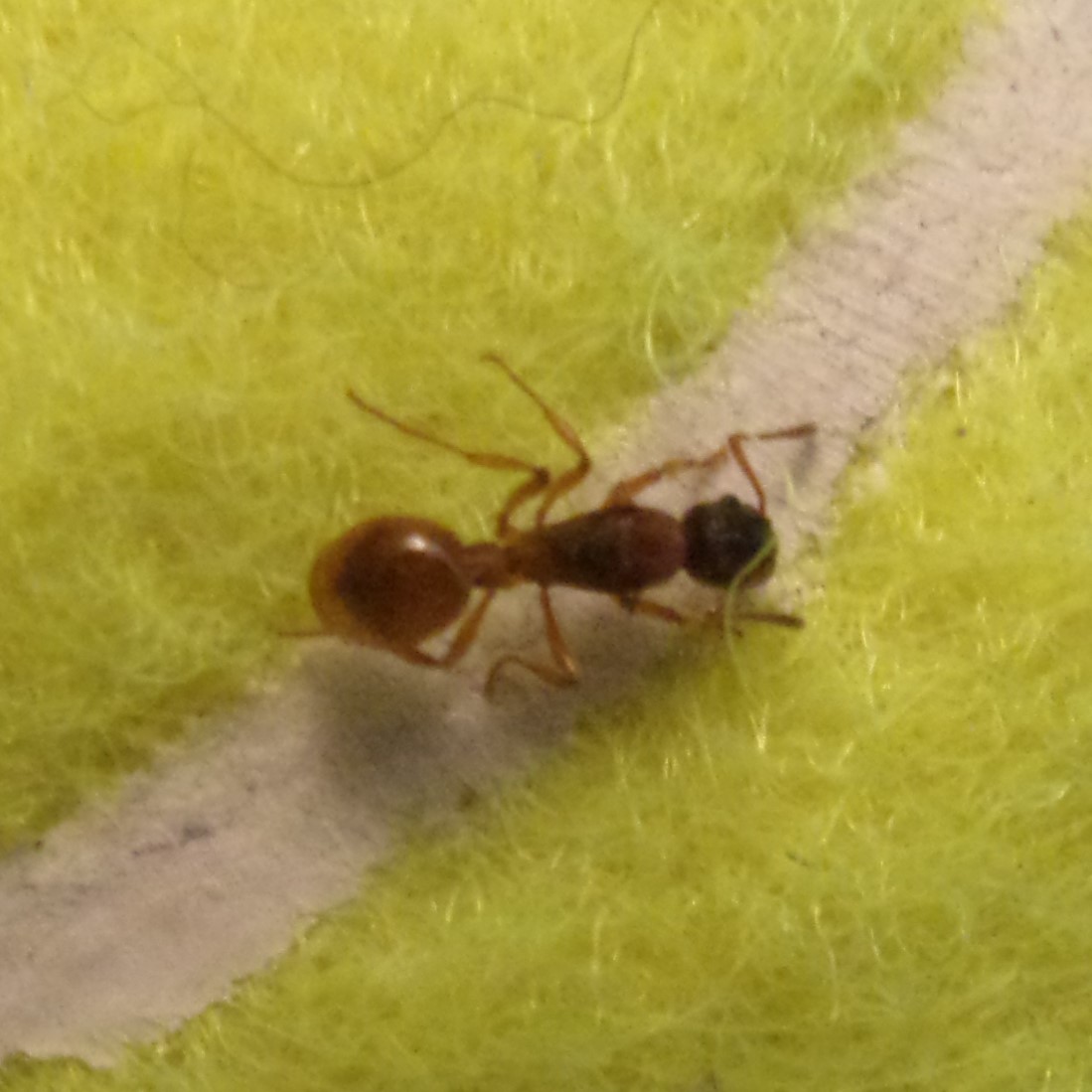
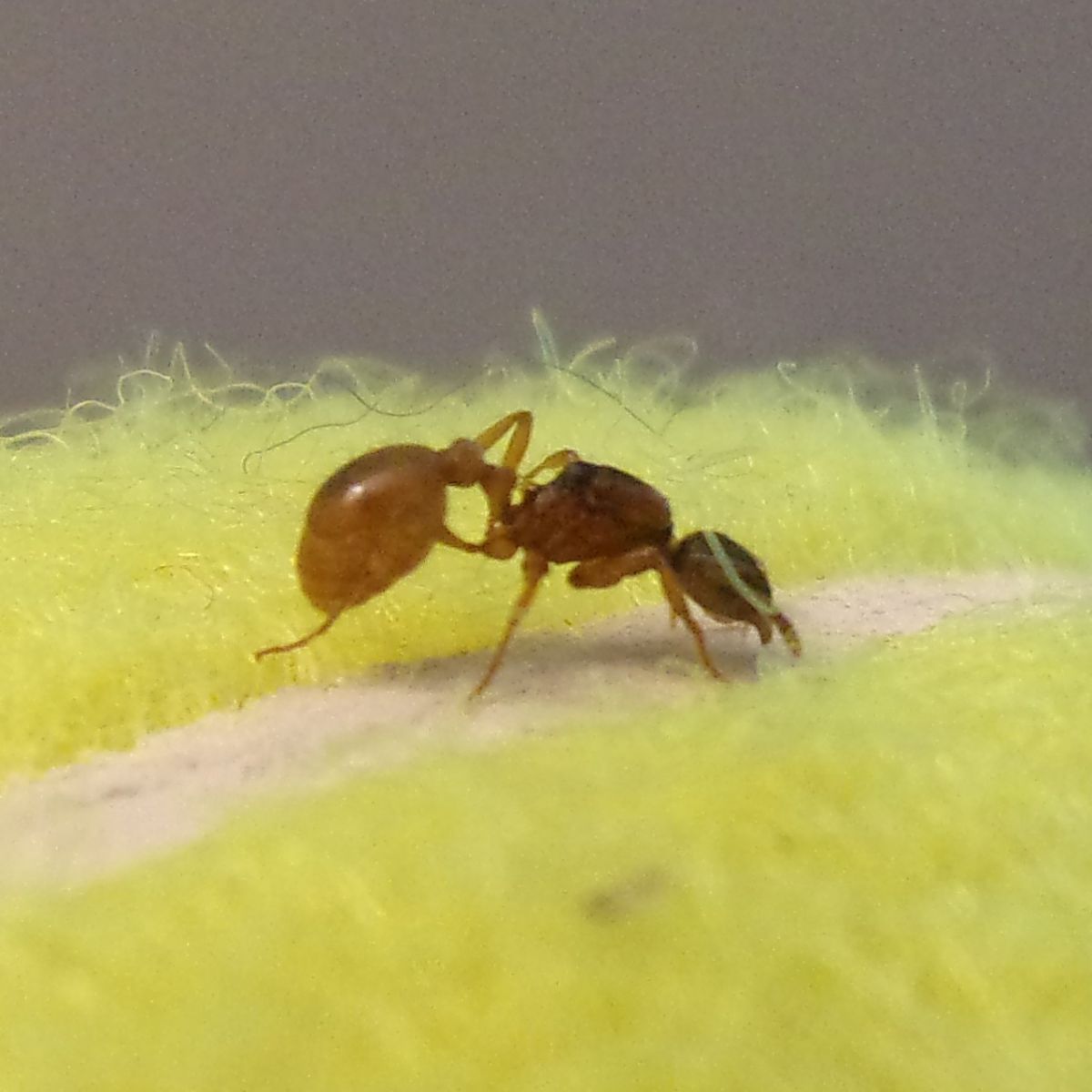
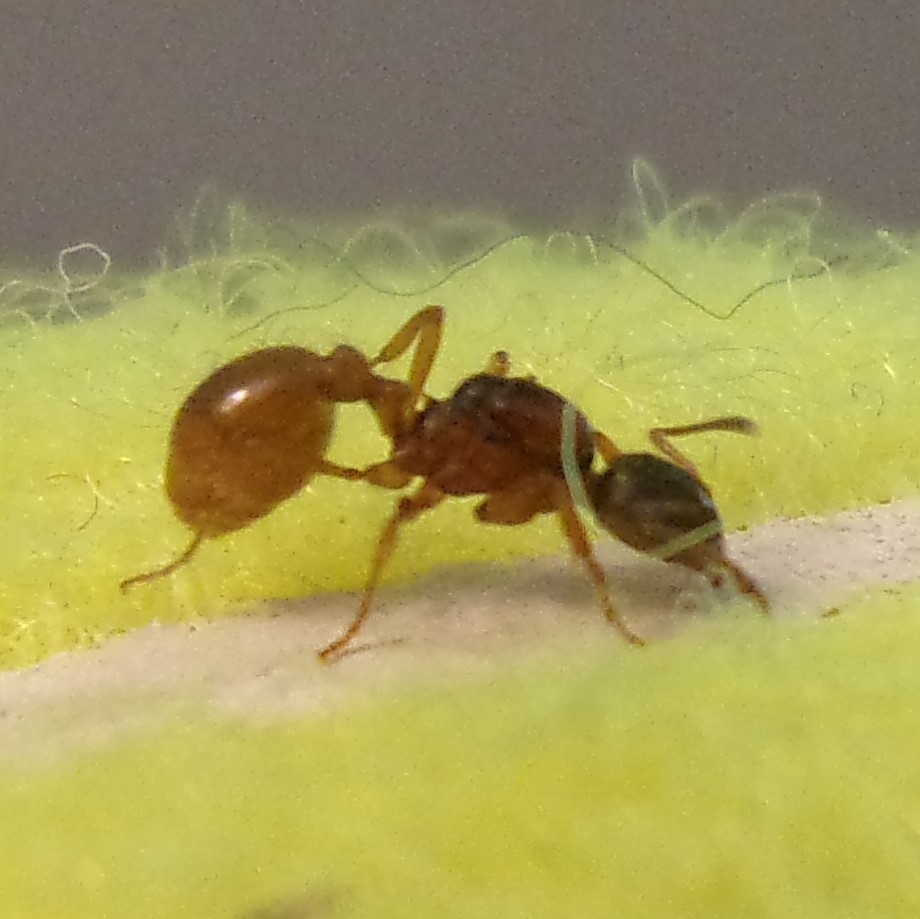
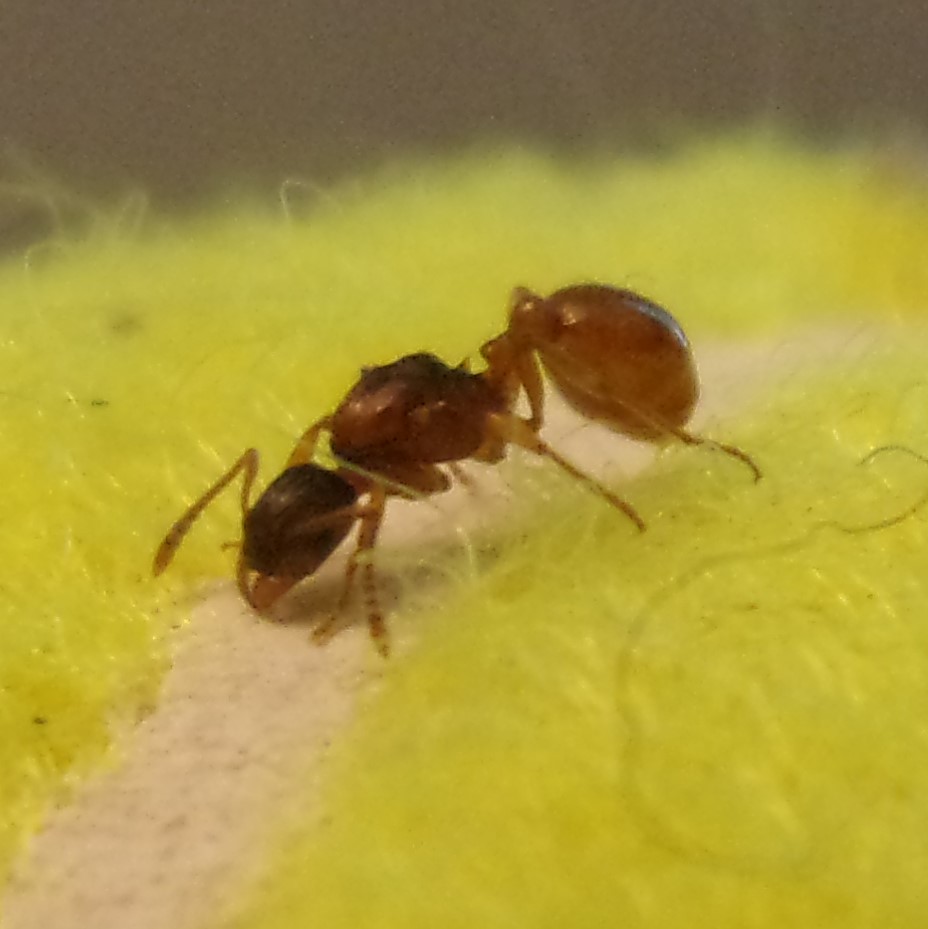
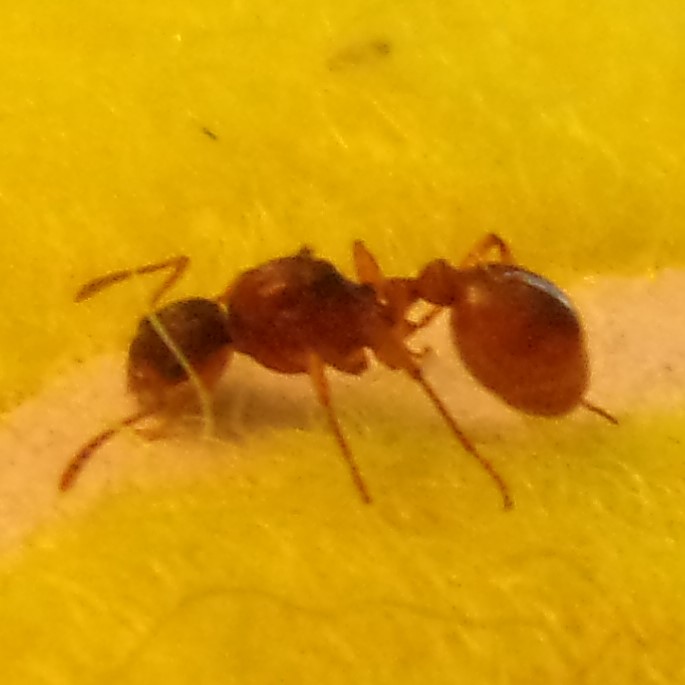
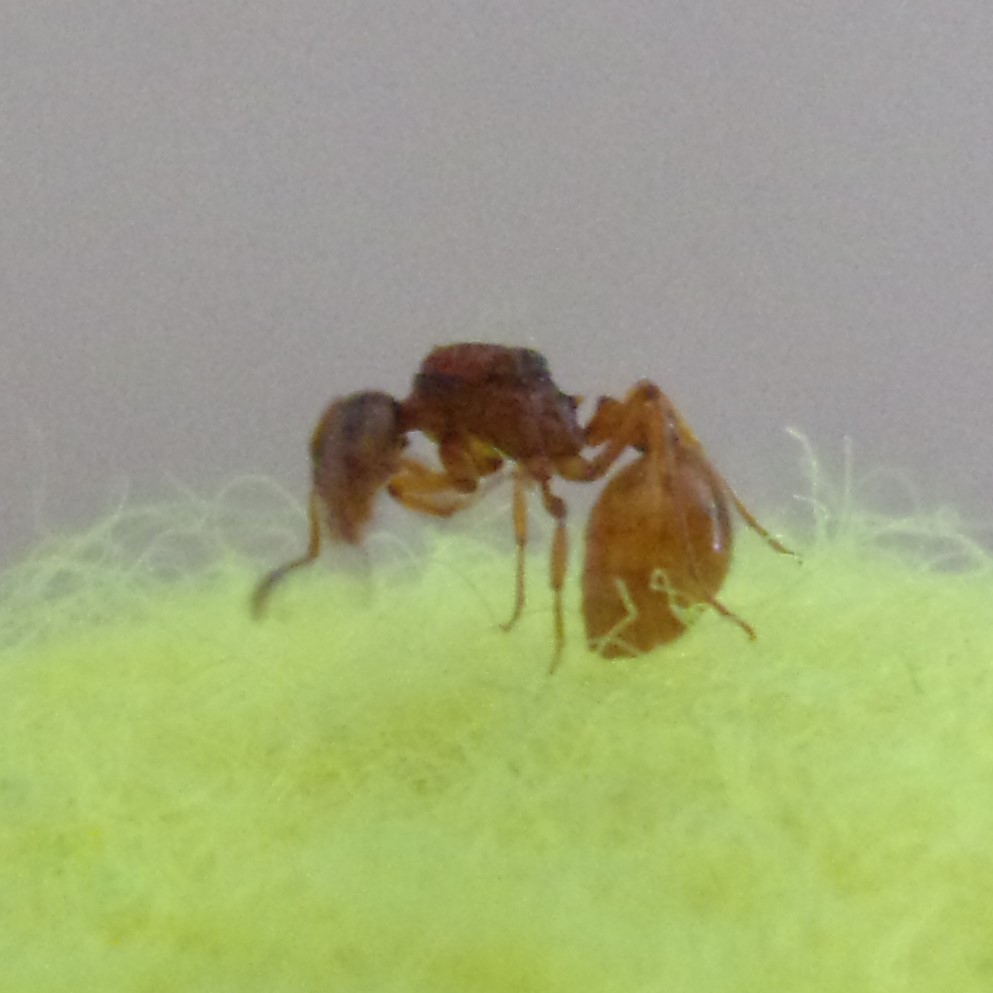
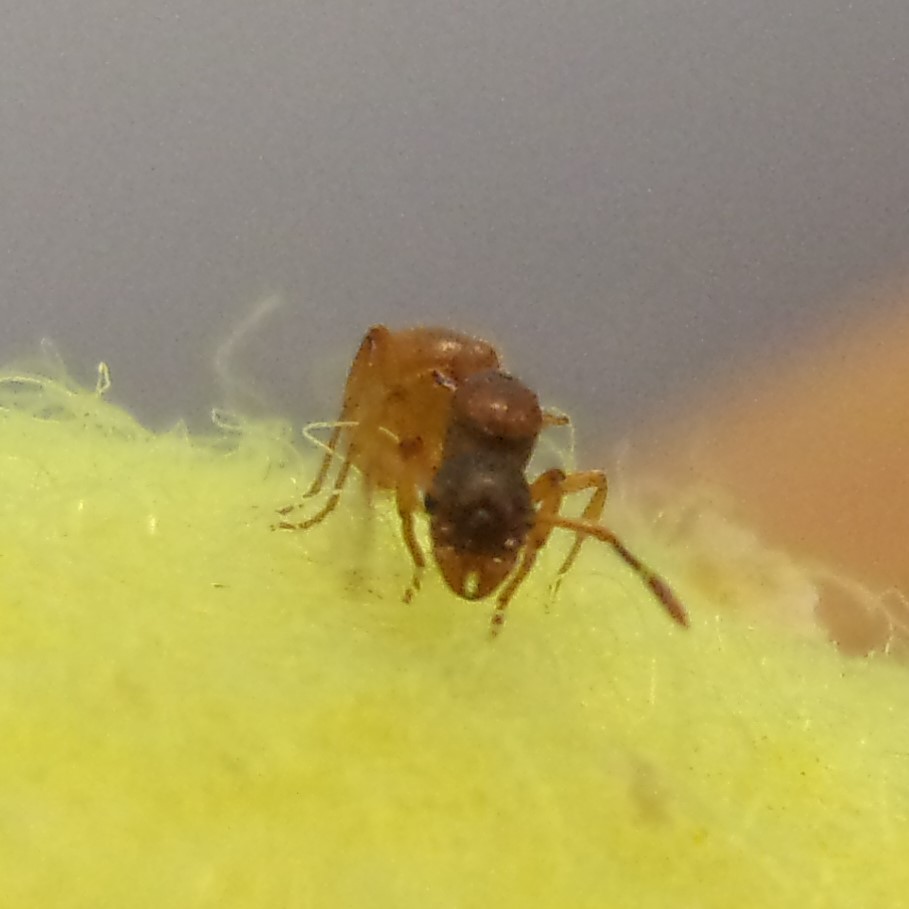
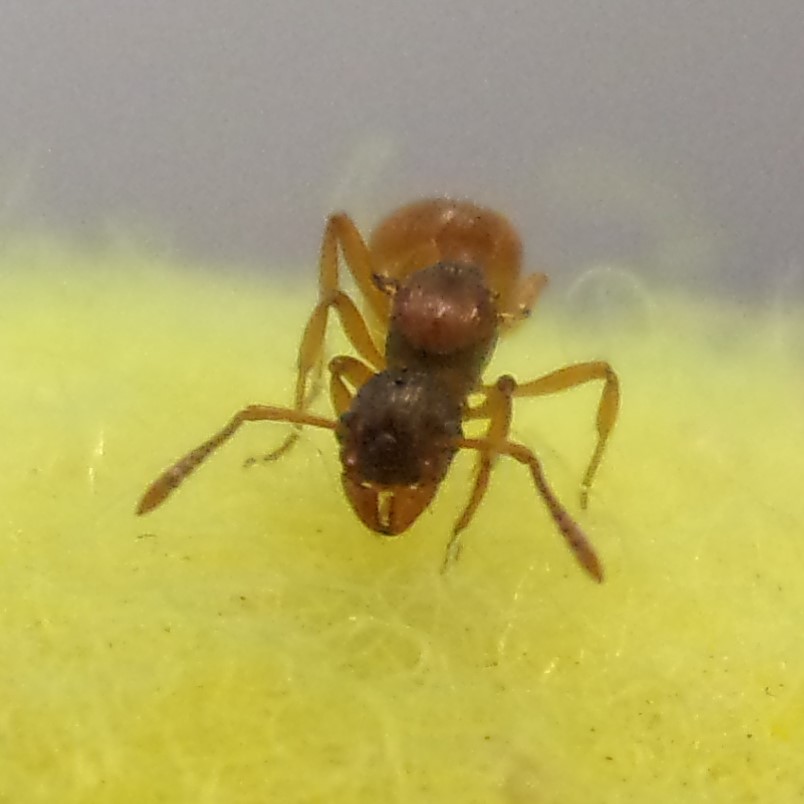
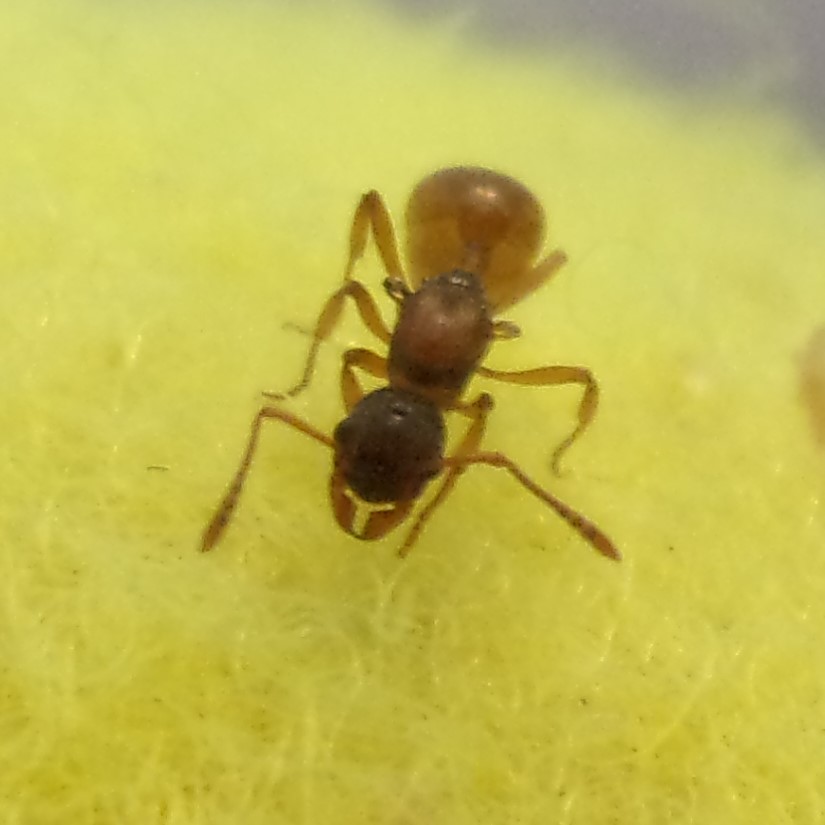
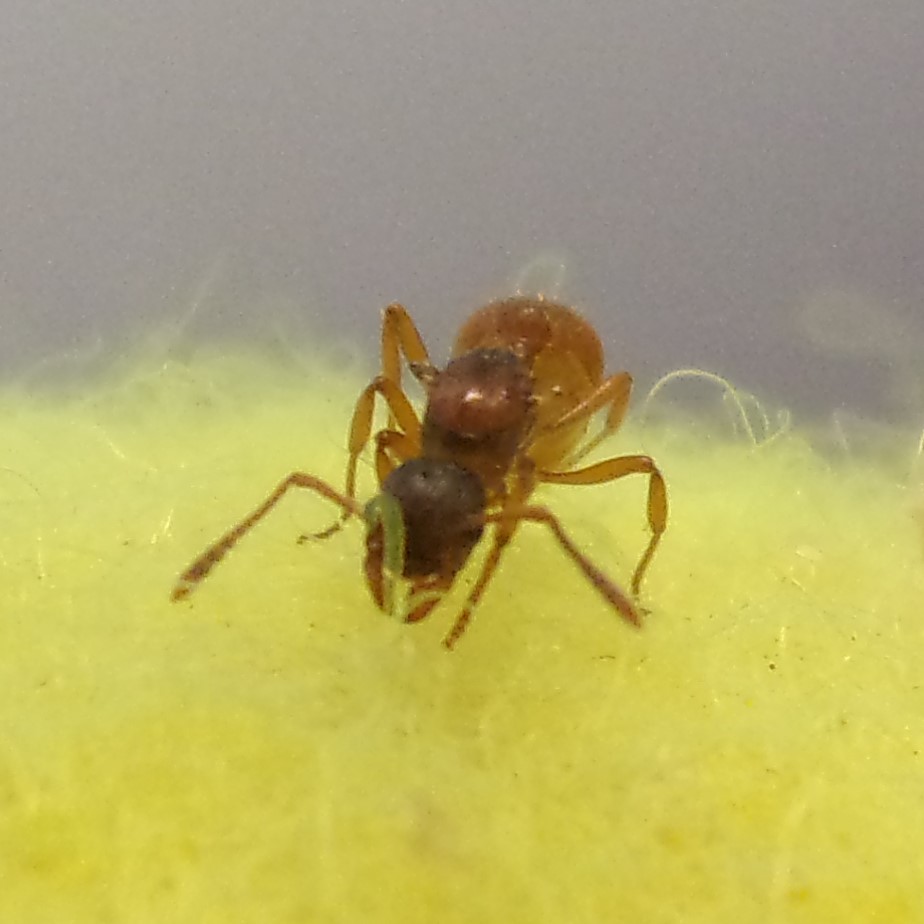
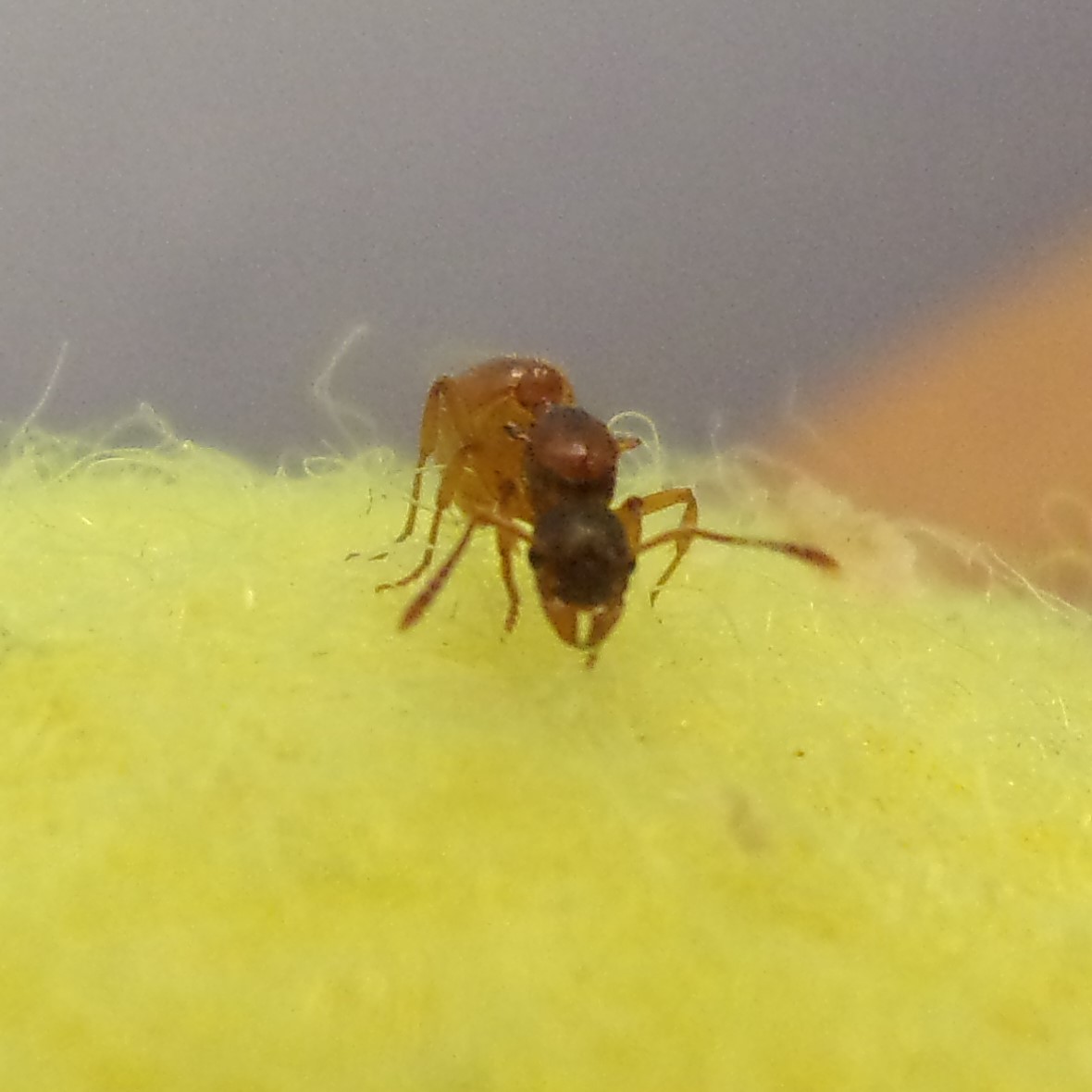
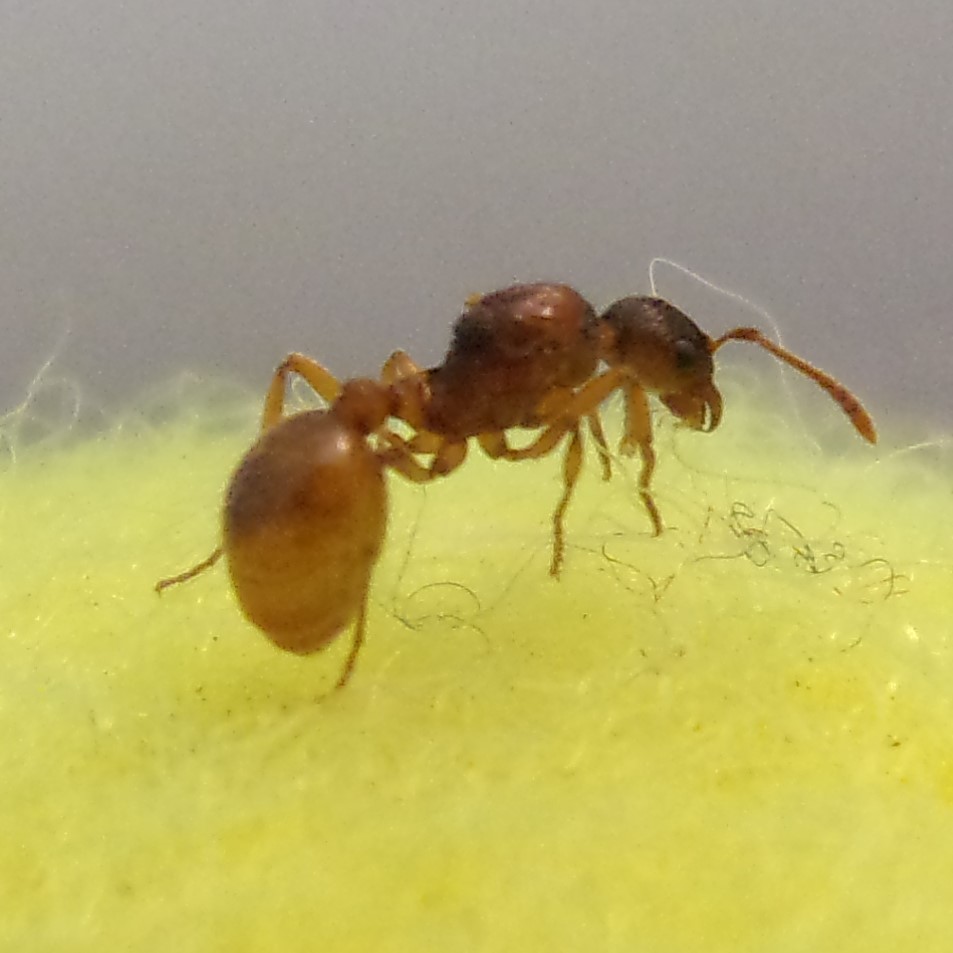
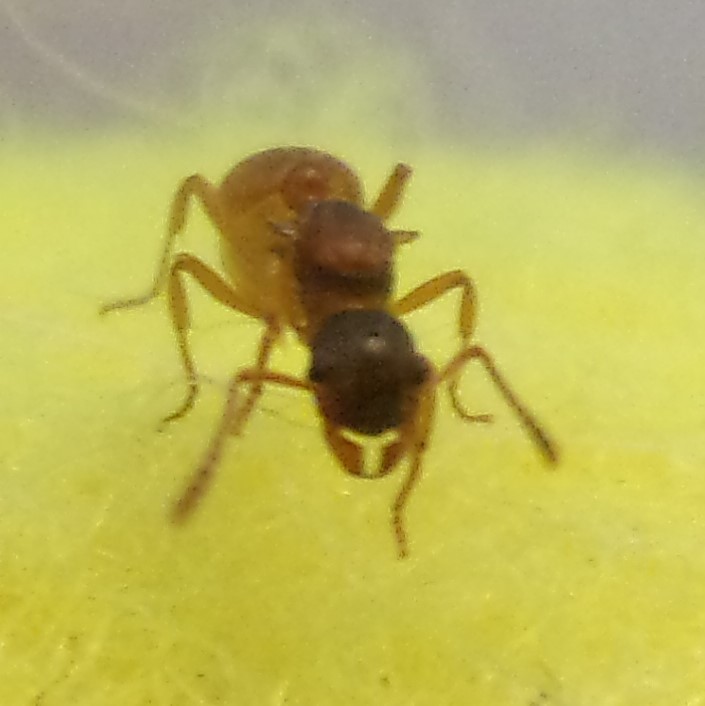
Edited by Naturenut1233, September 9 2017 - 9:39 AM.


